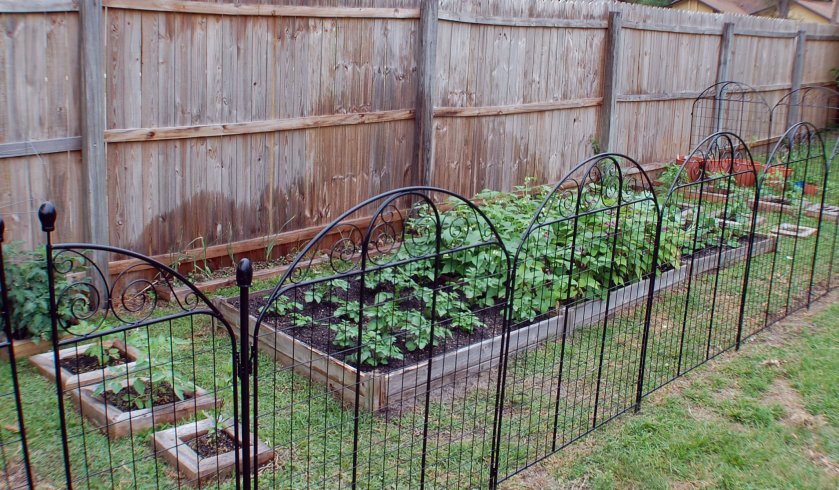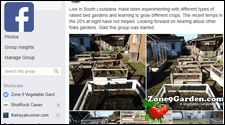Within the extremely large and diverse family of orchids, there is an infinite number of different flower shapes, sizes, styles, colours and patterns. But there is one factor that is the same for all orchids – the flower structure.
Orchid Flower Structure
Three sepals form the outside of the flower while it is in bud and protect the inner parts of the bloom as they develop. These are usually about equal in size; the uppermost sepal is known as the dorsal sepal and the two lower ones the lateral sepals. Next we have the three petals; the two upper petals are often similar in appearance to the sepals, whereas the third, lower petal is adapted to form the lip or labellum. This arts as a beacon to the insect pollinators of the flower, attracting them with its usually yellow centre or yellow honey guides to steer the insect towards the nectar. The lip is also formed in such a way as to provide a landing platform for the inserts. There are many orchids that have evolved over thousands of years to a highly specialized flower structure that is geared to one specific pollinator. Some even have a particularly cunning way of trapping an insect inside until it has done its job and then can be released to freedom once again. The various slipper orchids, Paphiopedilum, Phragmipedium and Cypripedium, are common examples of how flowers have formed to catch their prey to make sure the flower is pollinated before the insect is released. The lip has been formed into the shape of a pouch into which the insert will drop when attracted by nectar. The only route out of the slippery interior of the pouch is via a hairy path up the back which takes the insect conveniently past the pollen, through a tight exit that forces the pollen on to the insect.
Just above the lip of the flower is the column. This elongated part of the flower stem carries the stigmatic surface on its underside (where the pollen from another flower will be deposited to pollinate this flower) and the pollen on the foremost tip, covered by the anther or pollen cap. The pollen is held in a number of solid masses called pollinia, which are bright yellow when fresh and are attached to a sticky pad that clings to the insert’s body. The pollen is then deposited on the sticky stigmatic surface of the next flower that the insect visits, so pollinating that flower.
Once pollination has occurred, the petals and sepals die off while the column starts to swell slightly as it transfers the pollen grains down towards the ovum, held within the stem that attaches the flower to the flower spike. This stem is actually the ovary and is now on its way to becoming the seed capsule as the ovum and pollen grains come together to form the tiny seeds. This will swell and increase in length over the following weeks and months until it becomes ripe.



